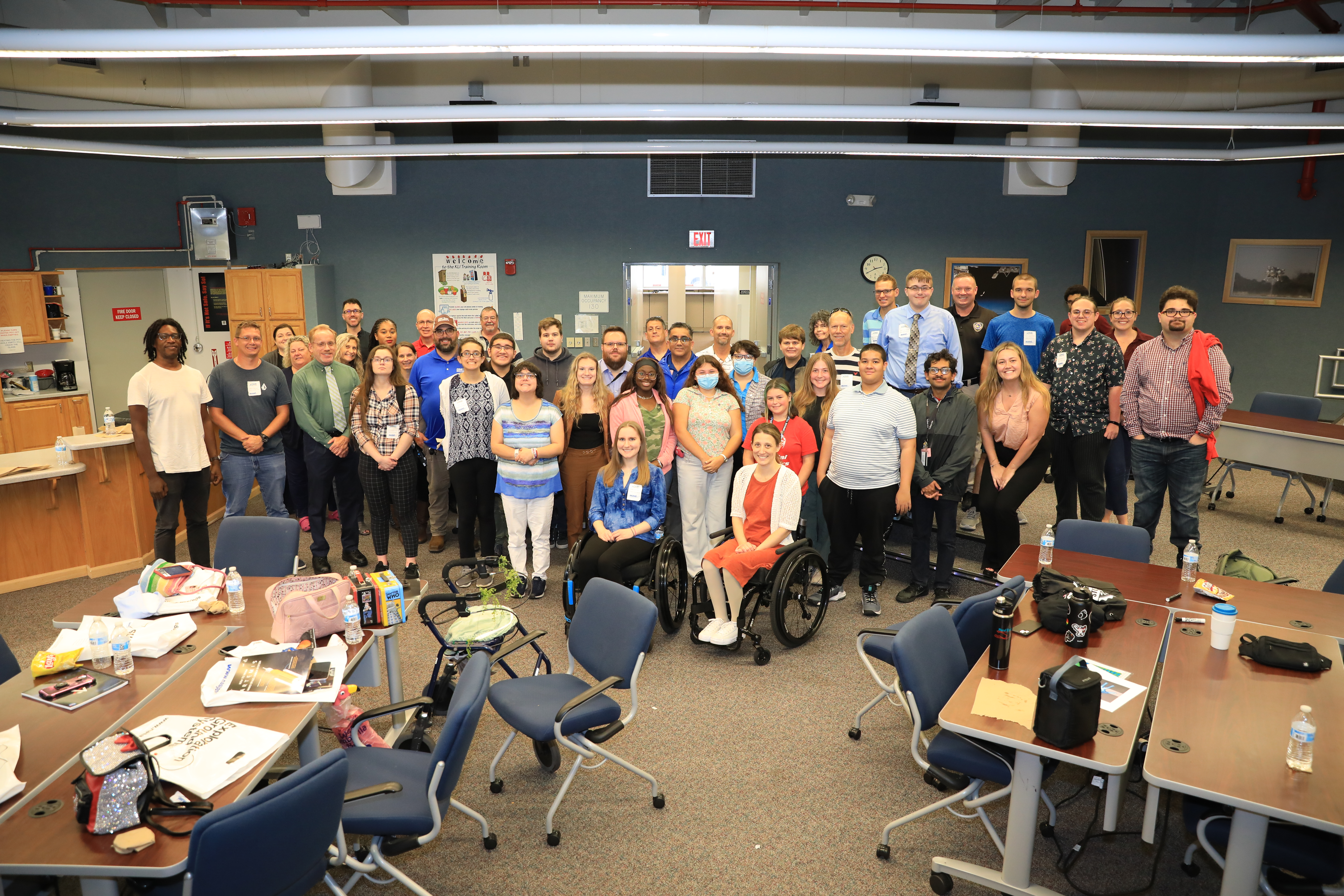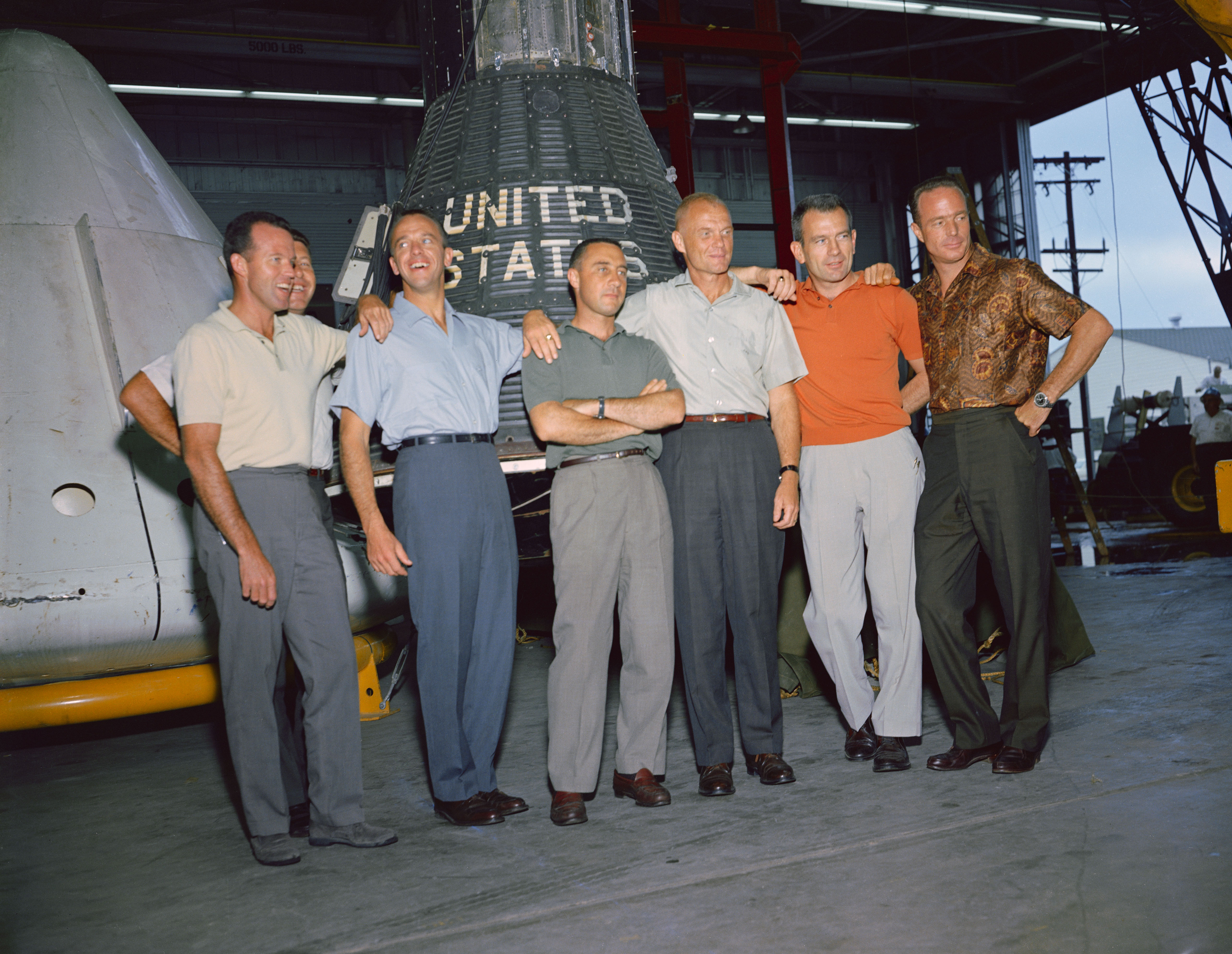Aero Engineer Brings NASA into Hawaii’s Classrooms
The field of aerial vehicle autonomy focuses on self-reliance, building the flight equivalent of puppets without puppeteers. Behind the scenes, however, is a rich network of people and systems that work together to develop frameworks, test new technologies, and inspire a pipeline of engineers to create the breakthroughs of the future. Encouraging kids to dream […]
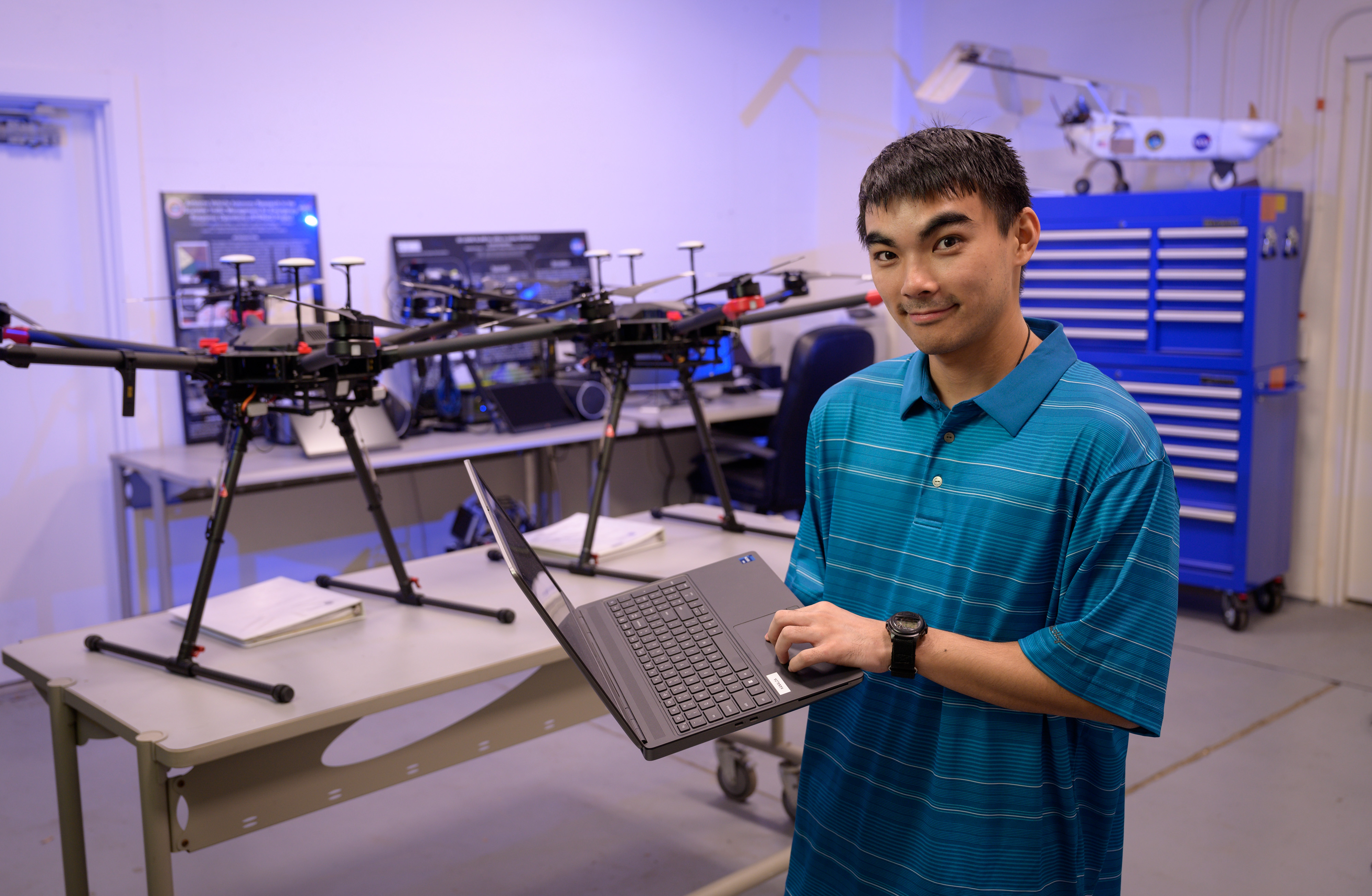
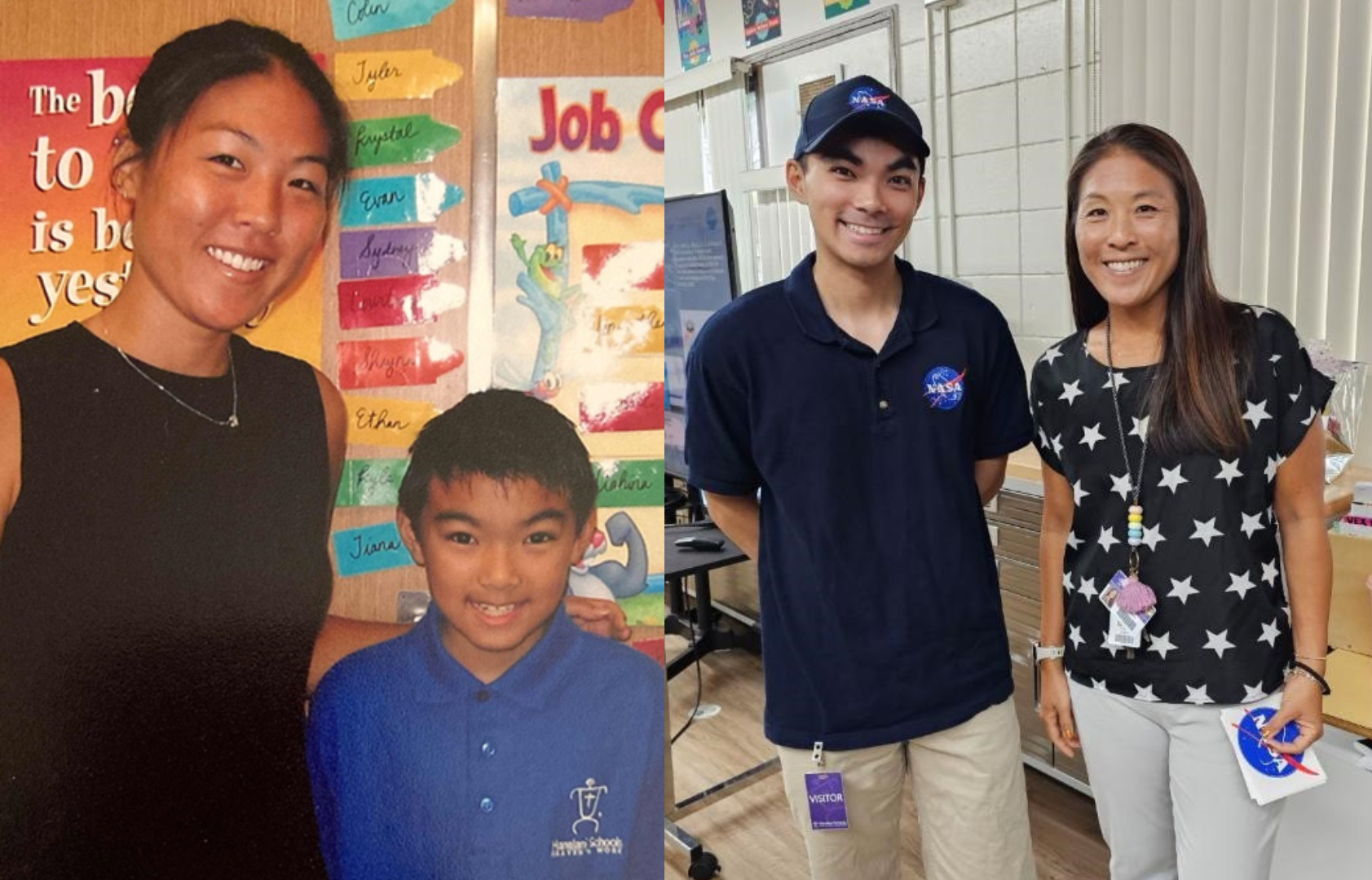
The field of aerial vehicle autonomy focuses on self-reliance, building the flight equivalent of puppets without puppeteers. Behind the scenes, however, is a rich network of people and systems that work together to develop frameworks, test new technologies, and inspire a pipeline of engineers to create the breakthroughs of the future. Encouraging kids to dream big and pursue their STEM passions is especially important to Evan Kawamura, a guidance, navigation and control engineer in the Intelligent Systems Division at NASA’s Ames Research Center in California’s Silicon Valley.
Kawamura takes mentorship and STEM outreach as seriously as his work in unmanned aerial vehicles (UAVs) and Advanced Air Mobility (AAM). He extends his duty as an engineer from his office to classrooms across Oahu, Hawaii, where he lives. He has led drone-building workshops, presented about his journey to NASA, and connected with hundreds of students and educators. Most recently, Kawamura returned to his alma mater and reunited with his sixth-grade teacher, Mrs. Kristen Stoker, to talk to her students about his work at NASA.
“Since my family, teachers, advisors, mentors, and professors provided me with wonderful opportunities and experiences that inspired and prepared me for engineering, I feel that it’s crucial to continue to inspire the next generation,” he said. “If we do not protect, inspire, and educate our children, then the future is dark and uncertain.”
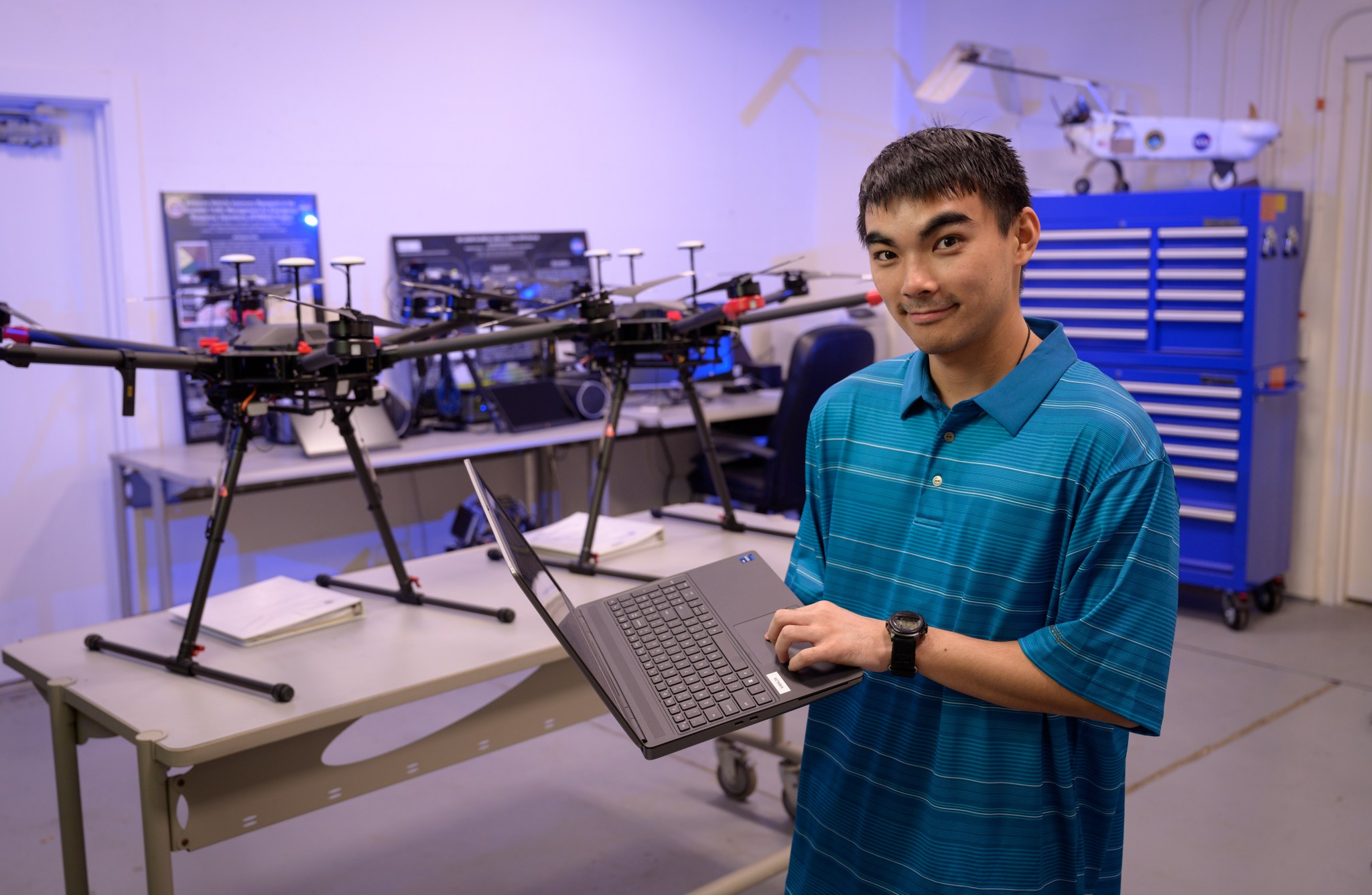
Kawamura writes code that helps aerial vehicles launch, fly, and land without intervention from human operators. One of his early proud moments was in the summer of 2019 when, with the help of his team lead and mentor, Corey Ippolito of NASA Ames’ Airborne Science Program, he successfully programmed a six-propellered hexacopter to launch from and return to a defined point in space without a human driver.
“It was very rewarding and fulfilling to see our efforts pay off both in simulation and in a real world flight test,” Kawamura said. “The work also became the baseline autonomy code for others on our team and my graduate school research too, so I felt a lot of pressure during development but a huge relief when it worked.”
Kawamura comes from a long line of builders and engineers, back to his boatbuilding great-great- grandfather who moved to Hawaii from Japan in 1909 with his nine-year-old son. Evan’s father, a software engineer, bought him science and engineering books, and entertained endless questions about how things work. His grandfather, a contractor who built the house Evan’s dad grew up in, was a fan of origami and spent countless hours teaching Evan to fold boats and planes. His family inspired in him a fascination for the ways different materials could fit together like trains and LEGO to make something new, but sometimes he didn’t get to play with his creations.
“I got excited to create a battle with all the paper planes and boats my grandpa and I made,” Kawamura said. “But he fell asleep before we could start playing.”
The cool and strange thing is that I see the aloha spirit at NASA Ames, which was one of the main reasons that made me want to work at NASA.
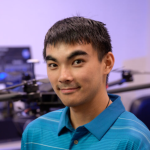
Evan kawamura
NASA Engineer
Kawamura joined Ames as an intern while getting his PhD at University of Hawaii at Manoa. He completed his first internship in 2018, returned in the spring of 2019, and accepted a NASA Pathways internship later that summer. In 2021, Kawamura converted to a remote full-time employee at Ames. All along the way, he relied on the guidance and support of his family, mentors, and teammates. That experience drives him to pay forward the inspiration and encouragement that helped him get where he is today.
“Growing up in Hawaii fosters a ‘togetherness’ mindset that is very inclusive and family-oriented,” he said. “Helping others, sharing burdens, and having each other’s backs opens channels of communication to build friendships and foster collaboration, which is what aloha is all about. The cool and strange thing is that I see the aloha spirit at NASA Ames, which was one of the main reasons that made me want to work at NASA.”























